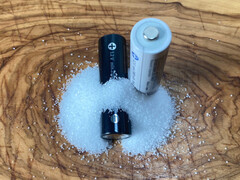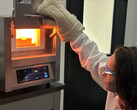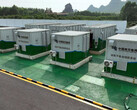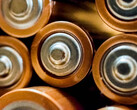What researchers at the Korea Advanced Institute of Science and Technology have developed sounds as if it could have been thought of earlier.
They combined the anode of a sodium battery with a cathode made from the material of a high-performance capacitor. According to the study published in the magazine "Energy Storage Materials", the result is the best of both worlds - and more.
Although these are laboratory experiments at a research institute, the results seem very promising, even if they may only be partially feasible in practice.
First of all, there is the use of sodium instead of lithium. Sodium is basically everywhere. In the soil, in the oceans, in salt for your next portion of spaghetti. There would be no problems with the scarcity of raw materials with sodium.
In addition, the energy density should be roughly on a par with current commercial lithium-ion batteries. And at least in the laboratory tests, there is no talk of the low reliability that sodium-ion batteries occasionally struggle with. Instead, stable energy transfer should still be possible even after thousands of charging cycles.
The most important aspect, however, is the power density, which is on a par with a high-performance capacitor. Such components could store huge amounts of electricity in a very short time.
For example, the power density of the sodium battery presented is at least thirty times that of conventional rechargeable batteries. If the battery in a notebook charges for an hour, it would take a maximum of 100 seconds with the new cells.
Electromobility is also mentioned in this context. Such an acceleration of the charging process still seems a long way off. But if the 30-minute waiting time for a range of around 300 kilometers (200 miles) is reduced to just 3 minutes, the classic refueling process would no longer be any shorter.


























